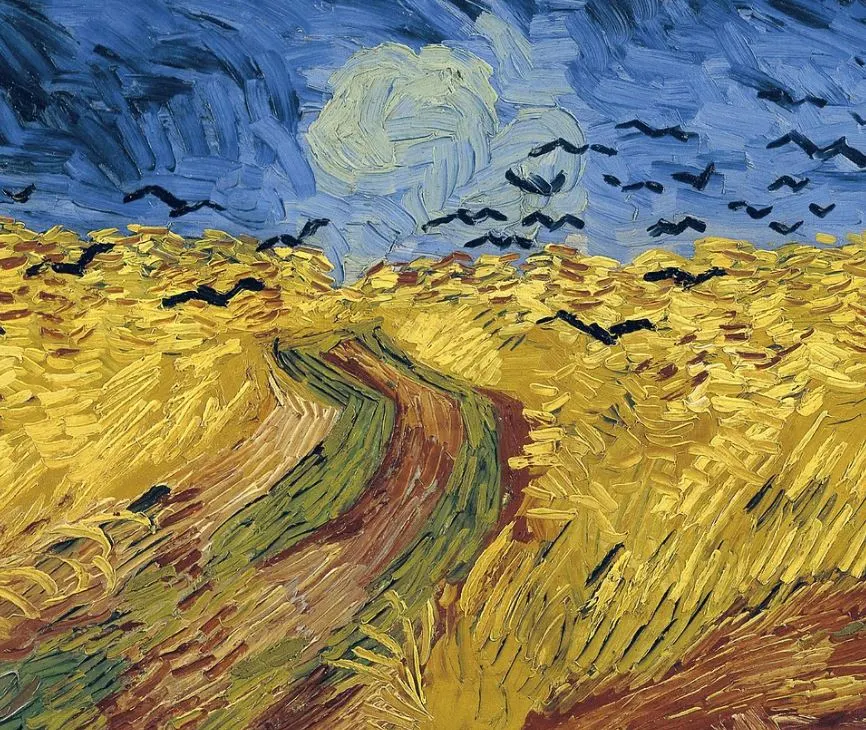The final months of the life of Vincent van Gogh (1853-1890) were filled with a certain sense of nostalgia for his home country of the Netherlands. This is reflected in multiple of his paintings as well.
In this article, you’ll discover some of the most interesting facts about “The Church at Auvers” by Vincent van Gogh, a remarkable work of art in many ways.
1. It was painted the month before the artist passed away
To say that Vincent van Gogh was a troubled person is an understatement. About a year and a half before he painted this work in June 1890, he cut off part of his left ear during a mental breakdown.
This happened on Christmas Eve of the year 1888 in Arles. Following this event, he checked himself into a mental hospital called the Saint-Paul-de-Mausole asylum.
He stayed here between May 1889 and May 1890 and painted one of his most famous works here called “Starry Night” in June 1889.
He eventually passed away from a self-inflicted gunshot wound. He shot himself with a 7mm Lefaucheux pinfire revolver on July 27, 1890, and died 30 hours later.
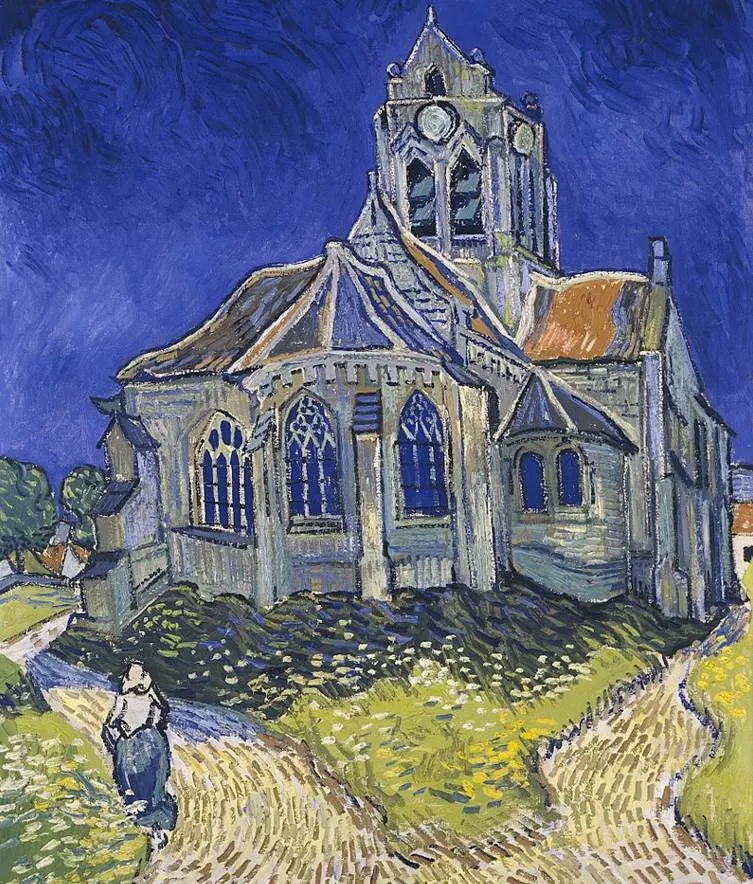
2. It depicts a church located just northwest of Paris
After checking himself out of the mental hospital in the south of France he moved to a village called Auvers-sur-Oise. This is pretty much a suburb of Paris today and is located exactly 27.2 kilometers (16.9 miles) northwest of the center of the city.
The reason why he moved here was two-fold. First of all, he could be closer to his physician named Dr. Paul Gachet (1828-1909). This man treated him during the final weeks of his life and was also one of his biggest fans whom he painted as well.
The other reason was that this brought him closer to his brother Theo, an art dealer who lived in Paris at the time and with whom he communicated frequently through numerous letters.
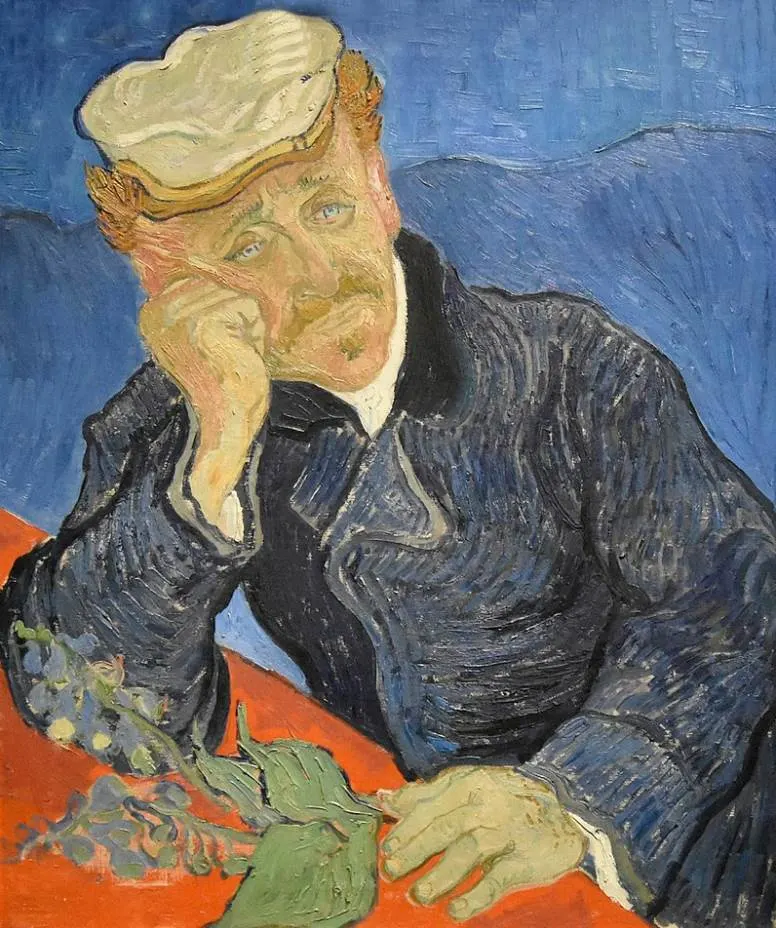
3. It’s not the only work he painted in this town

Vincent van Gogh was one of the most prolific painters in history. This is emphasized by the fact that he painted over 900 paintings during his relatively short career, an incredible number.
He spent just over 2 months in Auvers-sur-Oise and produced over 70 oil paintings during this time, which pretty much means he painted one a day.
This also means that he painted plenty of other scenes, portraits, and buildings in this small village. Perhaps one of the most revered paintings of buildings in this town apart from the church is called “The Town Hall at Auvers.”
This painting was created in mid-July of the year 1890 and depicts the view that Vincent had when he stepped out of the “Auberge Ravoux,” the place where he stayed at the time.
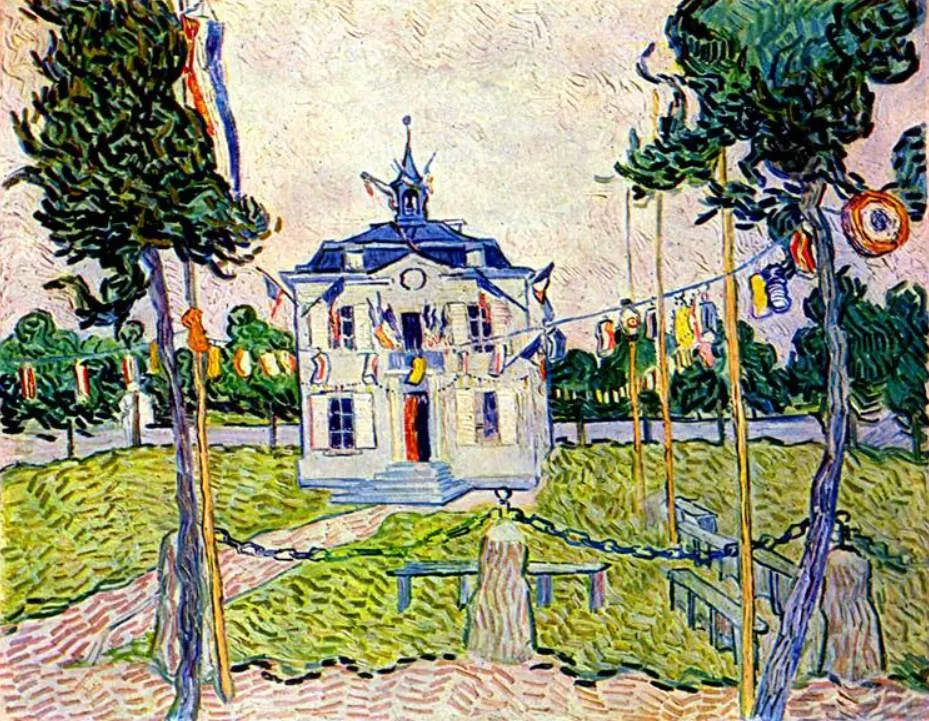
4. He was nostalgic about his Nuenen period in the Netherlands
During his initial period in the early 1880s, Vincent van Gogh spent time in various towns and cities in the Netherlands and Belgium. His most notable period was in Nuenen, starting in 1883 before he moved to Antwerp.
During his time in Nuenen, which was his final family home, he painted a work called “The Potato Eaters” (1885), a painting which he considered himself to be his artistic breakthrough.
This also means that he got nostalgic sometimes about his time in the North, even referring to some of the works he created as “Memories of the North.” Apart from The Church at Auvers, he also painted numerous houses in the village which are reminiscent of his time at Nuenen.
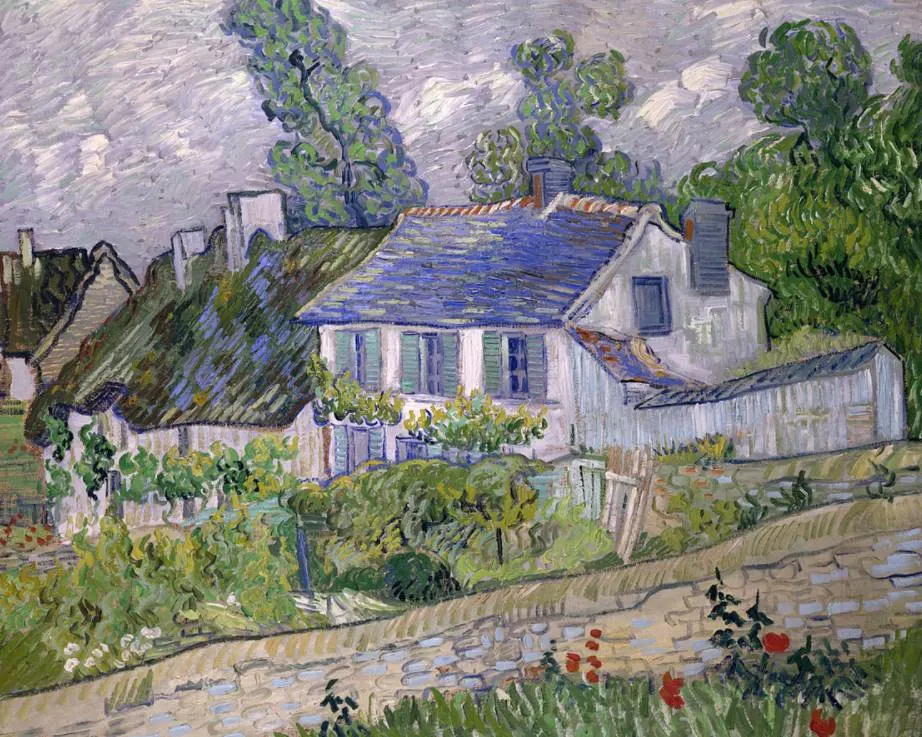
5. The painting is on display in a popular museum in Paris
If you want to admire this fascinating work of art, then you have to head over to the building of a former railway station called the “Gare d’Orsay.”
This structure, originally completed between 1898 and 1900, was transformed into a museum of fine art called the “Musée d’Orsay” during the 1980s.
It houses this painting along with numerous other works of French art dating between 1848 and 1914.
This also means that it’s home to one of the largest Impressionist and Post-Impressionist collections in the world with works of artists such as Monet, Manet, Degas, Renoir, Cézanne, Seurat, Sisley, and Gauguin.
Other works of van Gogh at the museum include “Starry Night Over the Rhône” (1888), “Bedroom in Arles” (1888), and the “Portrait of Dr. Gachet” (1890).
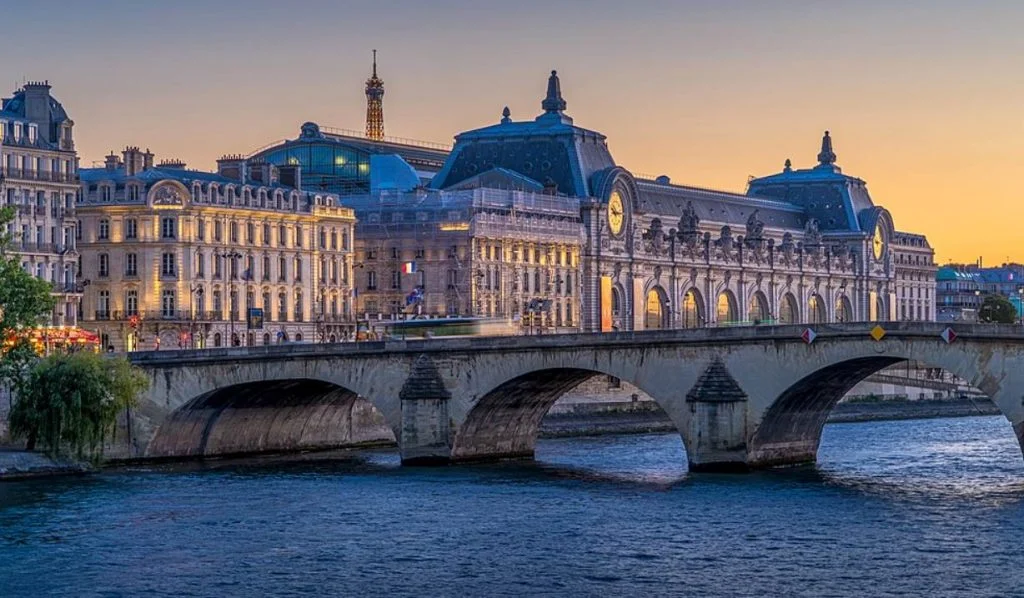
More interesting facts about The Church at Auvers by van Gogh
6. Just like most works of the artist, this isn’t the biggest piece of art in the world. The Church at Auvers is an oil on canvas painting and it measures 74 × 94 centimeters (37 × 29.1 inches).
7. The real church in the town of Auver-sur-Oise is located in the “Place de l’Eglise,” in the eastern part of this small town on the outskirts of Paris.
The official name of this church is the “Notre-Dame-de-l’Assomption.” The town hall which he painted and the “House of Vincent van Gogh” where he spent his final days are just walking distance to the west of this church.
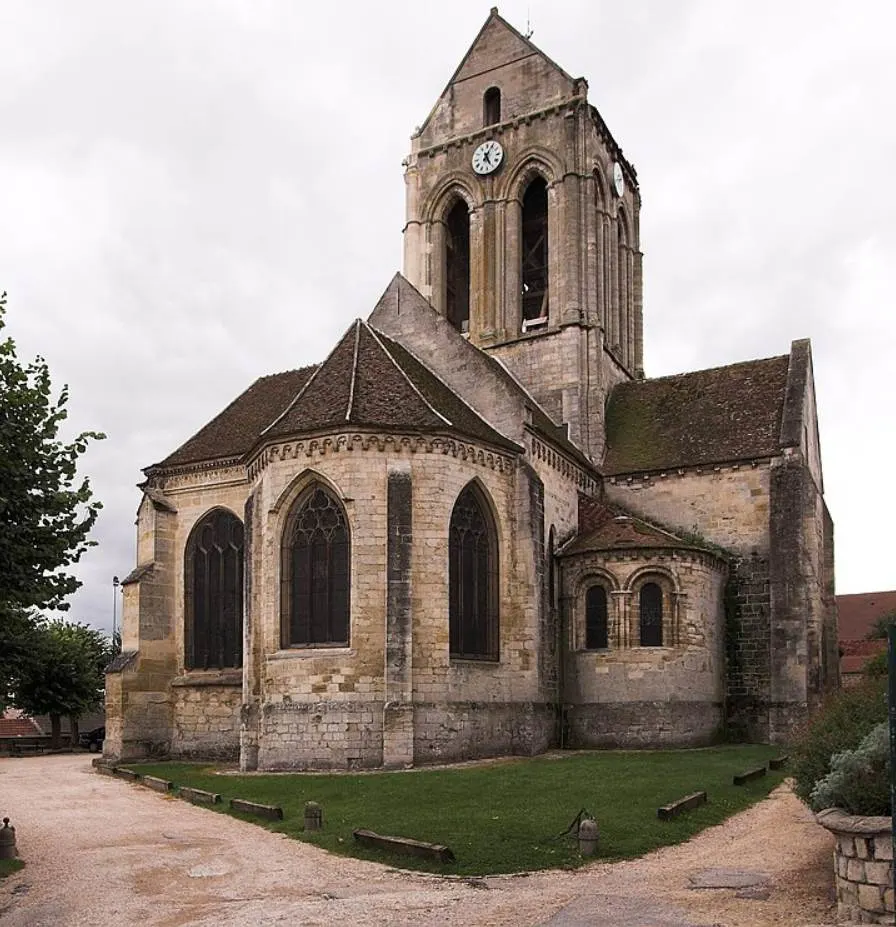
8. The church and town hall aren’t the only tourist spots to learn more about the final days of Vincent van Gogh. The house of Doctor Gachet is located in the western part of the town as well.
Both brothers Vincent and Theo van Gogh are buried next to each other in the local cemetery as well, just north of the church. What’s remarkable is that Theo, the younger brother of Vincent, died just 6 months after his brother Vincent committed suicide, quite a tragic story.

9. The painting displays a remarkable effect of colors with the area in front of the church brightly lit in the sun, while the church itself remains relatively dark and unilluminated.
Vincent remarked on this in one of his letters as he explained the “dark emptiness inside the church resembles the empty and unenlightened preaching.”
This is clearly a reference to his botched evangelical career during his period in the Borinage region in Cuesmes, Belgium, where he was dismissed.
10. Even though the diverging paths literally appear in front of the church in Auvers-sur-Oise, he reused this element in one of his other paintings called “Wheatfield with Crows,” one of the final paintings he ever created.
This particular painting depicts a wheatfield with a path right in the middle which apparently leads to nowhere. This has been described as a sign of the despair he felt inside during the final days of his life.
